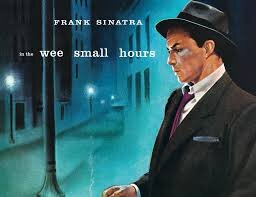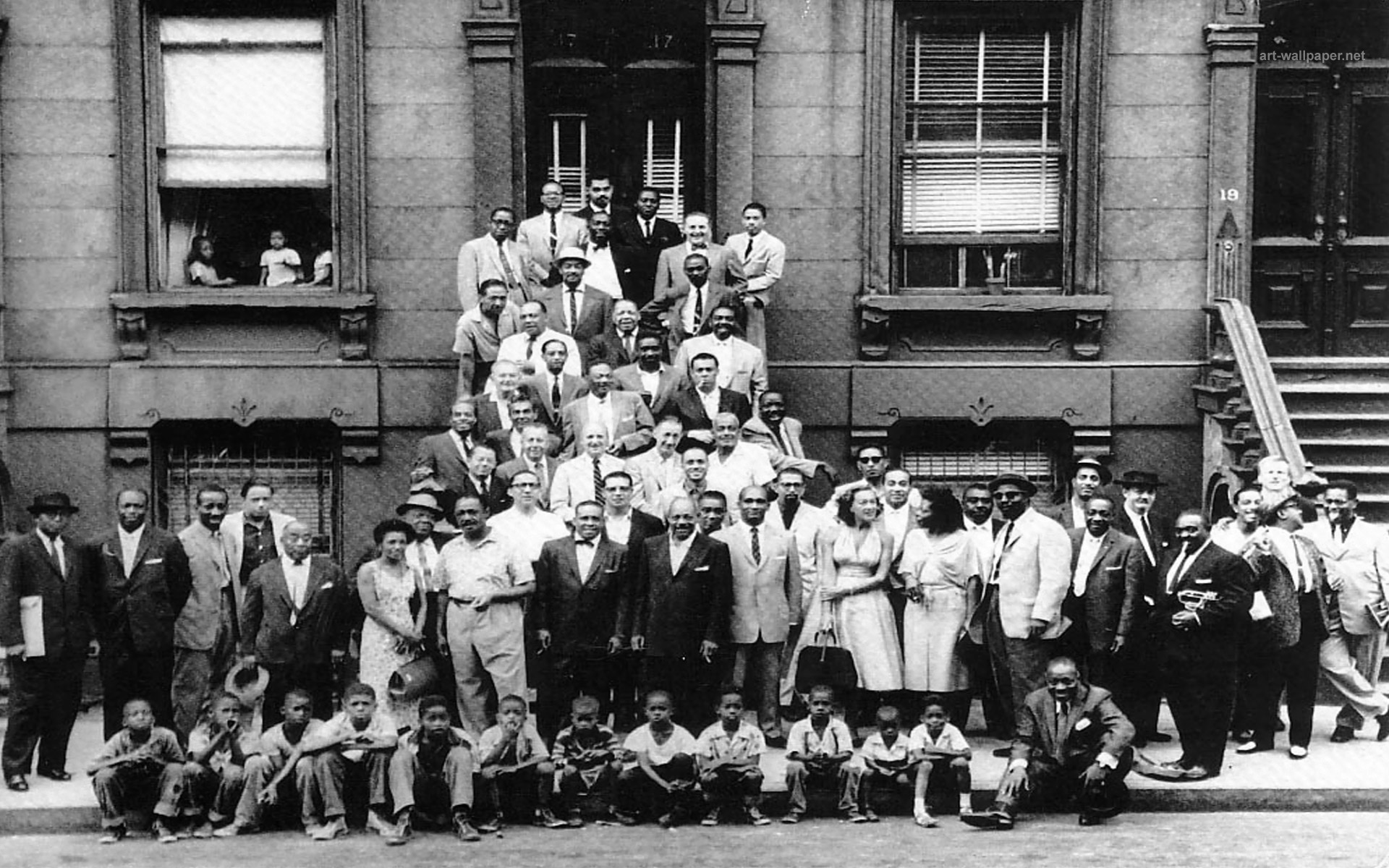A while back I started a mini-tradition in response to the ubiquitous year-end top ten list–since my own annual most listened-to albums were rarely new releases (and in some cases were super-old!) I chose to focus on records that were New to Me. So here are 10(ish) albums that got me excited in the past year. Some of them actually came out in the past year! But most didn't. (Note: asterisked albums include friends of mine.)
John Hollenbeck Ensemble: All Can Work (2018) I am late to the party on Hollenbeck's bands, but this really hit the spot for me this year. (Also spent time with quite a few of the Claudia Quintet's many great albums.)
Contemporary Composers Series: William O. Smith (1958) Known in the jazz world as Bill Smith, clarinetist and composer of "Concerto for Clarinet & Combo," one of my all-time favorite jazz compositions; I tracked down this long out-of-print LP of some of his early chamber works, and it did not disappoint. Find it if you can! (Hit me up if you can't!)
Marty Ehrlich's Dark Woods Ensemble: Emergency Peace(1991) Loved everything about this album.
Muhal Richard Abrams: One Line, Two Views (1995) Yet another extremely heavy musician who I unfortunately waited until after his passing to really check out seriously. But better late than never. His combination of dense and heady writing with folkloric freedom was just what I needed at the time.
Duo Oktava: Pilgrimage (2007) The whole record is great, but I especially dug deep on Walter Piston's absolutely phenomenal Duo for Violin and Cello.
Bristle: Future(S) Now(S) (2014); Bullet Proof * (2011) Joy and humor and virtuosity. 'Nuff said.
Anna Webber's Simple Trio: Binary (2016) I forget who suggested I check out multi-reedist Webber's kaleidoscopic music, but thank you, whoever you are!
Kamikaze Ground Crew: The Scenic Route (1990); Postcards from the Highwire (2007); Madam Marie's Temple of Knowledge (1993) This horn-heavy medium-large band was active while I was in NYC but I somehow never learned about them until this year. Which is too bad, because they're great. Dense compositions (by Gina Leishman, Doug Wieselman, and others), interesting instrumentation/orchestration, great improvisers.
Aaron Novik: Frowny Frown* (2018) Clarinetist, comic artist, and cracking composer Aaron Novik left the Bay for NYC a year or so ago (before I had the chance to play with him much, dammit!). I really love this record/comic set (and not just because he sent me the above sticker with it).
James Newton Ensemble: Suite for Frida Kahlo (1994) I have Ethan Iverson's in-depth profile to thank for introducing me to Newton's phenomenal writing, which ranges from freeish straightahead to full-on chamber. (This, as my friend Lorin Benedict would say, is my shit!) This album, chock full of interesting and woody textures, was my favorite of the many of his I checked out this year.
Michael Coleman & Ben Goldberg: Practitioner* (2018) If you know anything about me at all, you know I normally hate "[blank] Plays the Music of [Famous Dead Guy]" albums. But: Coleman! Goldberg! Steve Lacy! Original art baseball cards! And super-imaginative interpretations of extremely rarely played tunes.
Adam O'Farrill's Stranger Days: El Maquech. (2018) O'Farrill is from another planet where the musical gravity is much heavier, so when he arrived here he was immediately imbued with superpowers. We're lucky to have him.
Sanity-saving Honorable Mention to Walter the dog and James Drummaboy Harris. (2018)
In Need of a Deeper Dive
These are records that came across my radar but that I haven't yet had the time to give the attention they deserve. First look at Top Ten 2019?
Steuart Liebig: Pomegranate (2001) Chock full of amazingly dense and interesting writing in mini-concerto format for a variety of interesting soloists–randomly found this last week and can't wait to dig in.
Sam Rivers Trio Live (1973) Rivers is a fascinating improviser and I especially want to spend more time with this period of his playing.
Holus Bolus: Pine Barren This 2011 album from composer and reedist Josh Sinton grabbed me on first listen. I'll be back for more.
Ethan Iverson: Live at Smalls (with Bill McHenry, Reid Anderson, & Jeff Williams) (2000) Kasey Knudsen, one of my favorite improvisers (who kindly consents to playing my music regularly) recently mentioned this one to me–I somehow missed it the first time around, but will be rectifying that pronto.
John Lewis Presents Jazz Abstractions (1960) Especially Jim Hall's Piece for Guitar and Strings!
Rediscoveries
These are albums which I had heard in the past but jumped out at me with a fresh appeal this year. Always be ready to be floored anew by something you thought you knew!
Wayne Shorter: Night Dreamer (1964) (b/w Booker Little & Friend) (1961) I own a 1994 Toyota Corolla (gifted by my wife's parents) which we affectionately call "the Other Car" or "Ol' Bess." In place of the usual satellite radio and Bluetooth, it includes a state-of-the-art cassette deck, which inspired me to dig into my garage and grab a bunch of tapes which I dubbed from CDs and LPs in college–this one actually still worked, so I've just left it in on infinite auto-reverse for the past few months. Night Dreamer wasn't one of the Wayne albums I'd spent the most time with (mostly due to Lee Morgan, who you may remember I controversially don't usually love as much as most of my fellow trumpet players do). But man, does it sound great now–the tunes, the solos, the roiling rhythm section of Elvin, McCoy, Reggie Workman, just one of the finest examples of this music ever. (I listened to it with Mark Levine as we took Ol' Bess to an A's game last summer and he said, "how'd you know to bring my favorite album?") The Booker Little one is of course also a favorite. There's also something great with cassettes about having to just listen to the album in order (unless you want to deal with the dreaded << or >> buttons and risk getting the tape wound into the player), rather than jumping around impatiently and skipping the ballads as we've all gotten used to being able to do.
Directions in Music: Live at Massey Hall (2002) After Roy Hargrove's untimely passing I was digging around for some recordings where he really dug into some modern/modal stuff (in addition to all the great standards, blues, etc. that were his regular jam session fare across the world) and someone posted this album, which I'd previously sort of dismissed as an all-star tribute album. But man, does Roy sound great on this, fierce and inventive and lyrical.
Nicholas Payton Trio: #BAM Live at Bohemian Caverns (2013) I listened to this a fair amount when it first came out, but I noticed this year that just checking out a track or two before practicing or playing would immediately fire up some "good musical decisions" machine deep inside me that I'd forgotten was there. Payton has said "Live at the Plugged Nickel" is his favorite Miles, and this record captures some of that same fearless and funky energy. He plays some ripping piano solos on this, too!














